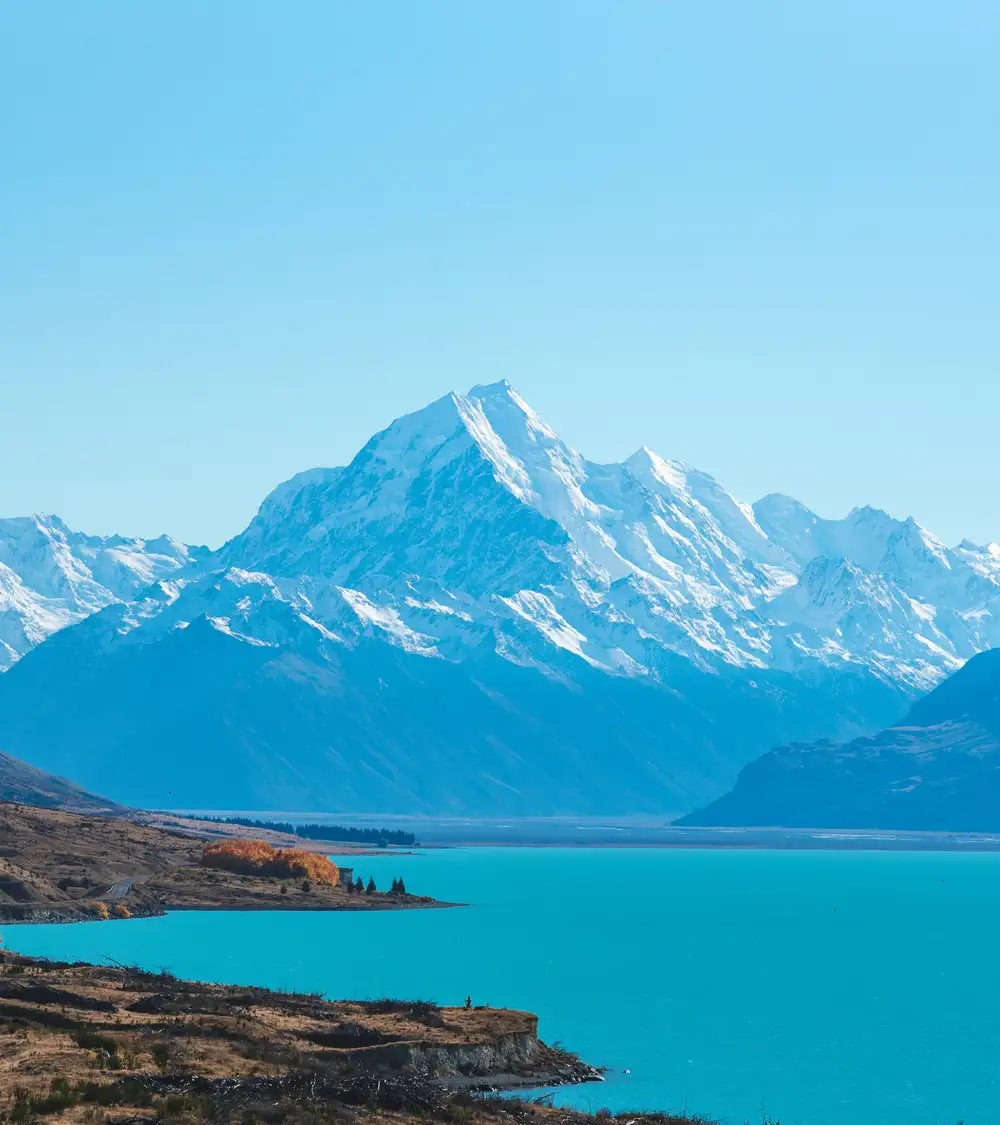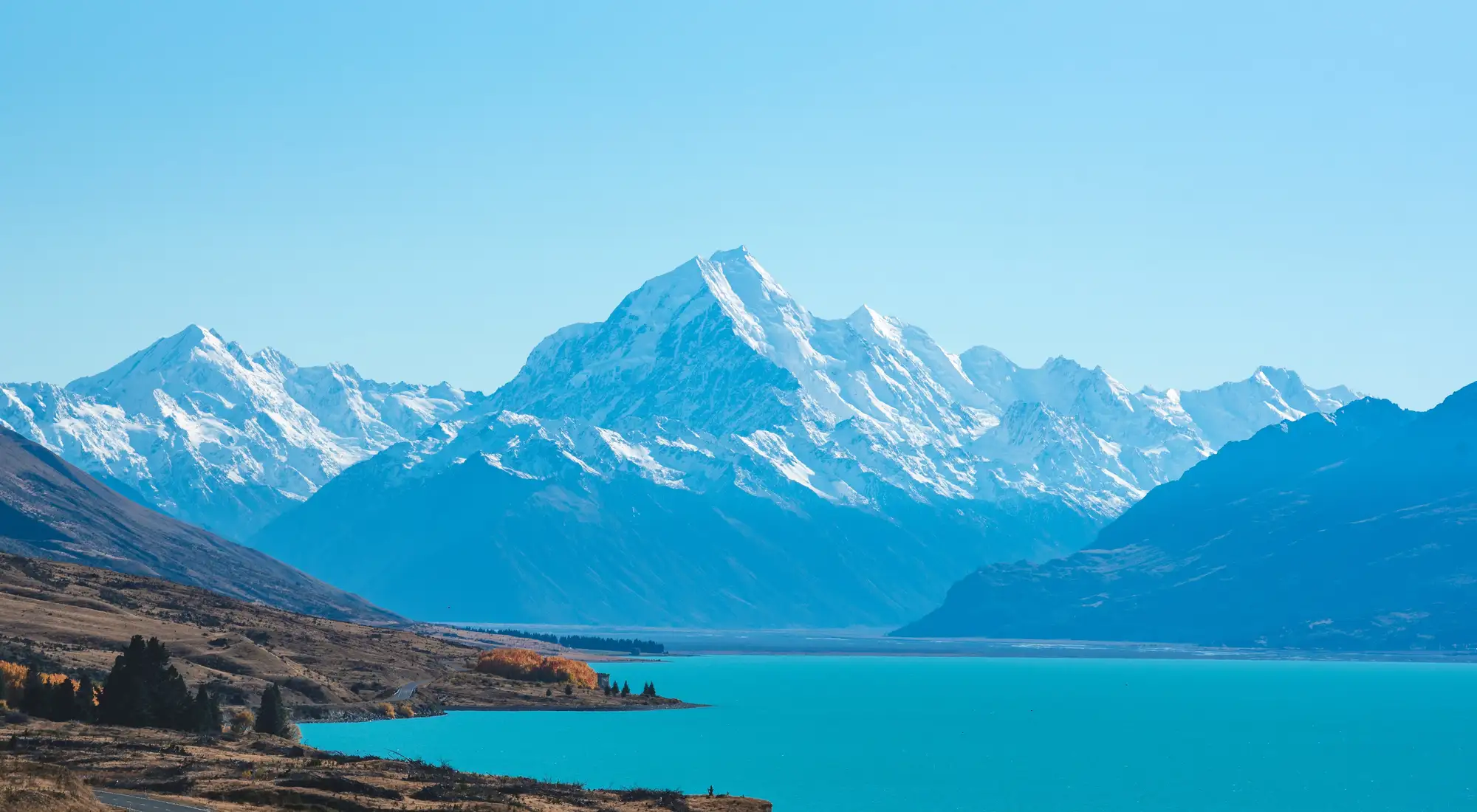New sea level rise projections help inform community adaptation conversations and planning



3 May 2022
Te Uru Kahika recognises the new online tool released by the NZ SeaRise: Te Tai Pari O Aotearoa programme
Te Uru Kahika Chief Scientist Dr Chris Daughney said the findings are significant.
“This new modelling incorporates the latest IPCC projections on global sea level rise and considers local vertical land movements to project the relative sea level rise at sites across Aotearoa.
“The headline finding is that due to the shifting tectonic plates New Zealand sits on, our land is moving down in many areas along the coast, so these places will therefore experience relative sea level rise much faster than previously thought.
“In some places, such as Wellington, predicted climate change related sea level rise of 50cm by 2100 may equate to a local relative sea level rise of a metre due to vertical land subsidence. This could mean that ‘one-in-100-year' floods become annual events by the 2050s and may occur several times each year by the end of the century.
“The new modelling reveals that the direction and speed of vertical land movement will vary. In Auckland, Hawke’s Bay, and the northern part of the South Island, coastal land is subsiding and will exacerbate sea level rise, while other places including the Bay of Plenty are rising and will experience slower relative sea level rise than previously thought.
“Regional councils and unitary authorities hold assessments of climate change related sea level rise and technical information about land mass movement and natural hazards. The NZ SeaRise: Te Tai Pari O Aotearoa modelling is a welcomed addition to our collective knowledge. Regional sector scientists, engineers, and policymakers will review the mapping to understand what it means at a local level,” said Dr Daughney.
The NZSeaRise online tool allows users to click on a particular location on the coast and see how much the sea level is expected to rise and by when, under different climate change scenarios.
The new projections will inform Ministry for the Environment’s national adaptation plan, currently open for consultation. They will also be used to update the 2017 coastal hazards guidance for local government to help planners, businesses, and infrastructure providers across the country adapt equitably and effectively to the unavoidable impacts of climate change.
Te Uru Kahika Regional Chief Executive Officers Group Convenor Michael McCartney said responding to coastal climate change impacts is a complex challenge that the regional sector is hard at work on.
“The modelling released earlier this week makes for tough viewing. Sinking land along many parts of the coast will accelerate the effects of sea level rise, with implications for people’s homes and livelihoods, infrastructure planning such as drainage, and coastal habitats.
“The new predictions show different rates of change for different communities. Local context is vital - that’s why we need locally led adaption planning at the centre of a bigger collective approach.
“Regional and unitary councils have an important role, as part of a wider response, to support our communities to build resilience in the face of climate change and natural hazards.
“Many councils have progressed early conversations about local impacts and started engagement with iwi, residents, business, and stakeholders on some of the adaptation options available. This new information reinforces the importance of these conversations and will mean adjusting our thinking about how long we’ve got to respond to sea level rise and coastal hazards.
“The report authors have made their findings accessible for the public in a map with over 7,000 locations listed. This is helpful for communities to start to think about what each local future could look like and will hopefully encourage people to be part of conversations about how we can adapt.
“I welcome this contribution to our localised understanding of sea level rise.” said Mr McCartney.